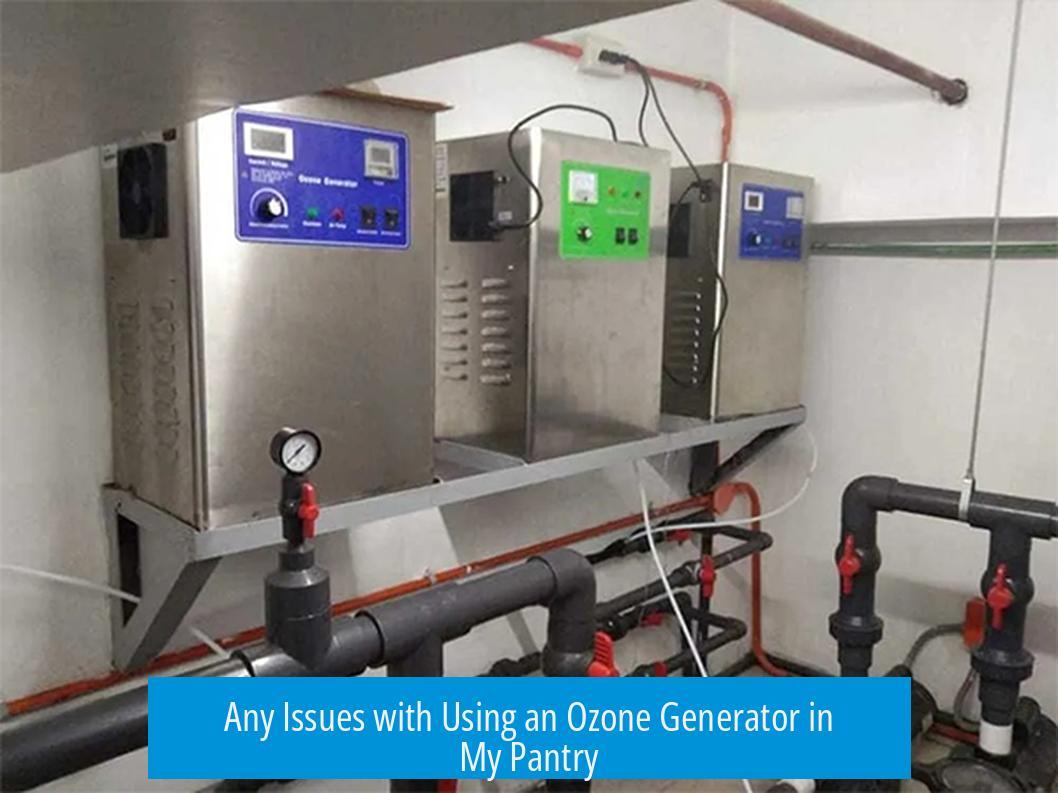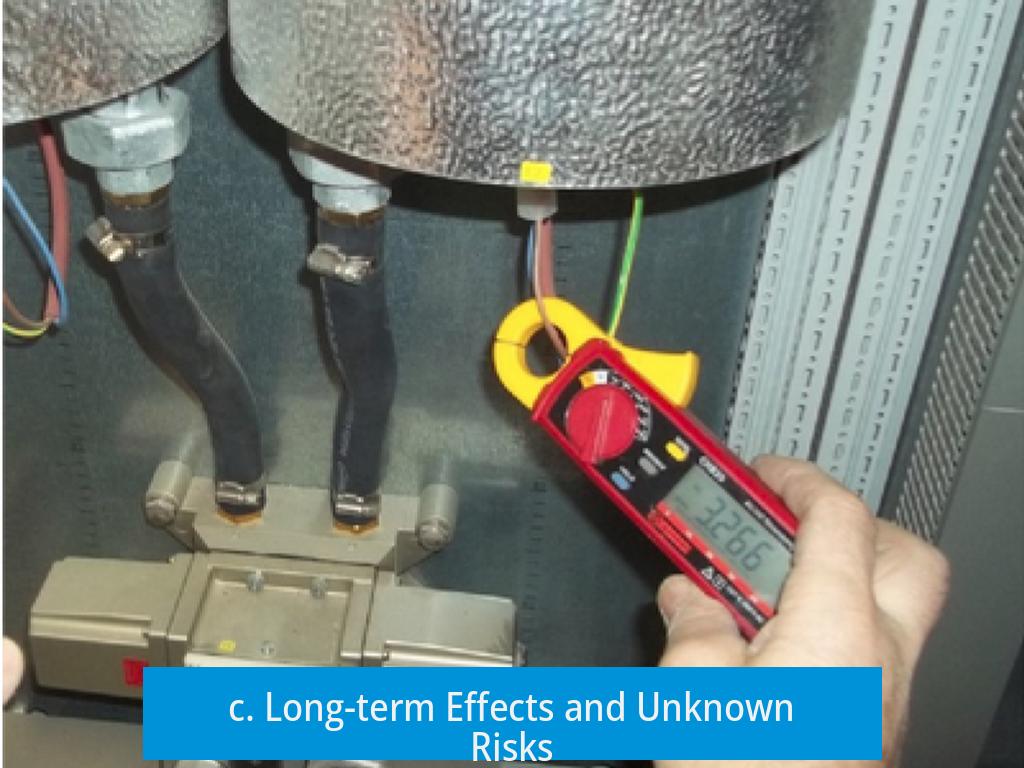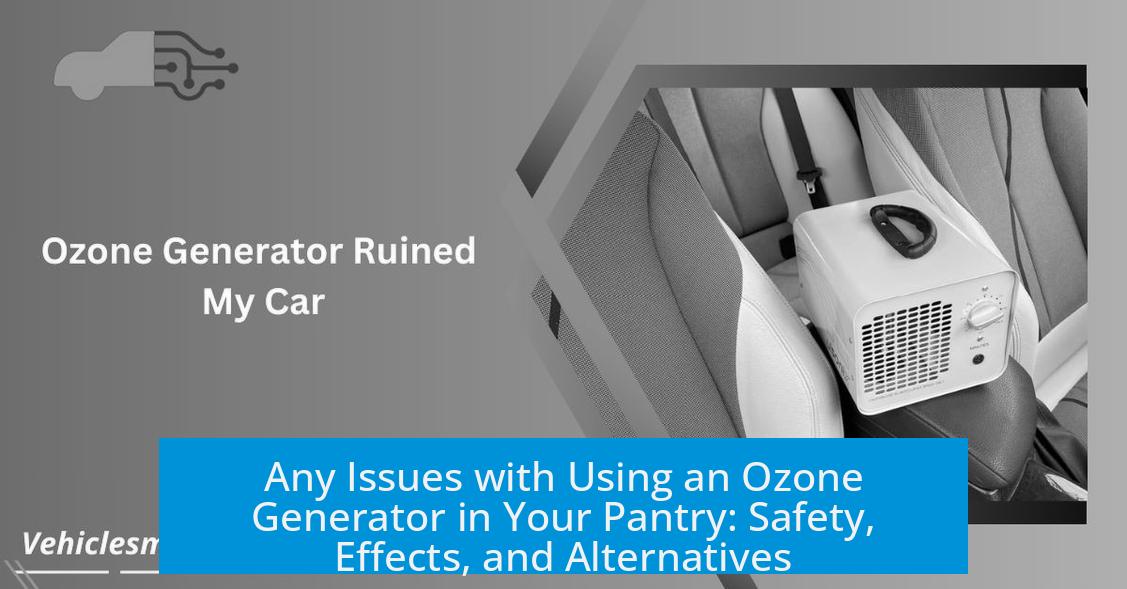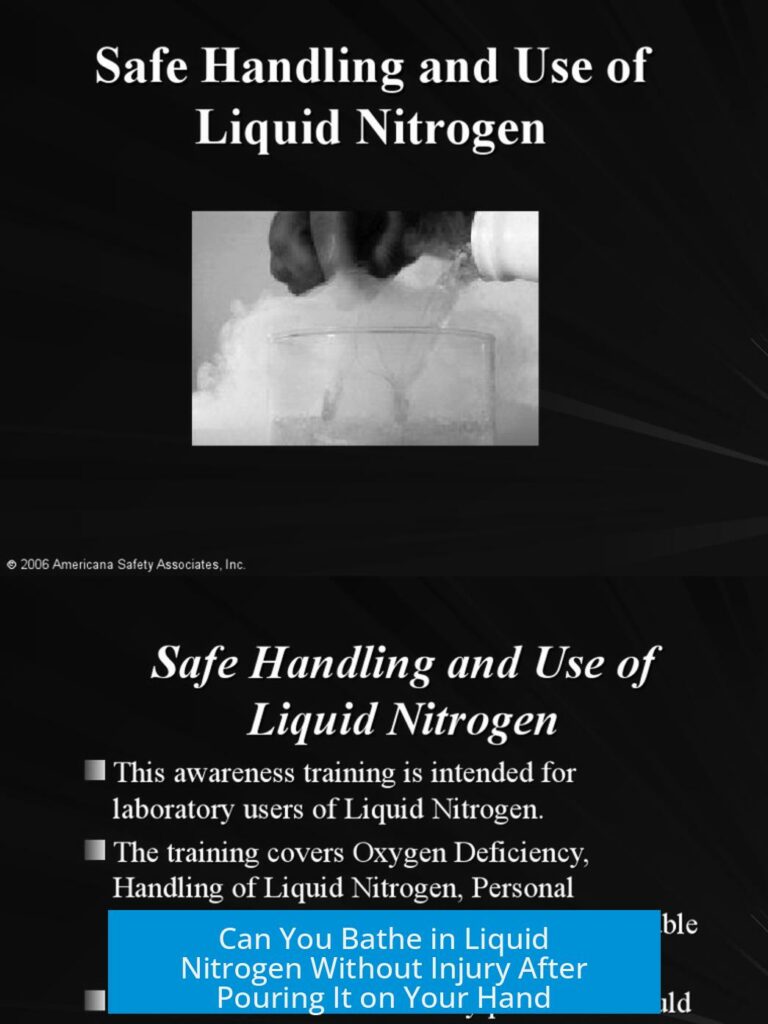Any Issues with Using an Ozone Generator in My Pantry?

Using an ozone generator in a pantry raises serious concerns related to health safety, food quality, and material degradation. Ozone exposure at concentrations effective for pest control can be hazardous to humans and pets, damage food properties, and degrade pantry contents. Proper understanding and professional guidance are essential if considering such use.
1. Safety Concerns and Health Hazards
a. Toxicity Levels and Risks to Humans and Pets
Ozone is a strong oxidizing agent, effective at disinfecting but dangerous at modest concentrations. A concentration around 11 ppm in a 9 m3 room from 200 mg ozone over an hour exceeds the LD50 (lethal dose 50%) which can be as low as 3 ppm. Exposure at such levels threatens human and pet health severely.
- Ozone inhalation causes respiratory distress, especially dangerous to people with asthma or other breathing problems.
- Continuous use in occupied spaces can lead to serious health problems or even death.
- Pets are particularly vulnerable and may suffer fatal effects at lower exposure levels.
Regulatory bodies monitor ozone pollution continuously due to its toxicity at extremely low concentrations measured in parts per billion. This makes using ozone generators inside homes risky, demanding strict controls.
b. Odor and Sensory Effects
Ozone has a distinct smell, often described as “alcohol-like with a hint of rain.” This odor appears early and can be a sensory warning before symptoms like coughing or irritation occur.
Though not unpleasant for all, the smell signals the presence of a potentially harmful oxidant. Continuous or high exposure can overwhelm the senses and cause discomfort.
c. Long-term Effects and Unknown Risks

Extensive, long-term studies on domestic ozone generator use are lacking. Short-term studies show ozone’s strong oxidative nature can oxidize organic and inorganic matter, which may progressively damage respiratory tissues and home materials.
The oxidative power can make normally non-flammable substances ignite, posing fire risks. Users should treat ozone generators like laboratory equipment requiring precautions and specialized knowledge.
2. Effect on Food and Pantry Contents
a. Impact on Food Quality
Ozone exposure affects food stored in the pantry significantly:
- It can alter food aroma and taste by oxidizing fats and volatile compounds, potentially causing rancidity.
- Direct ozone exposure can degrade vitamins and nutrients, reducing food quality.
- While it may kill pests like moths, ozone also damages food and endangers health if ingested in altered forms.
Food items should always be tightly sealed to minimize ozone interaction. Unsealed or loosely packed food is at risk of rapid degradation.
b. Effect on Pantry Materials and Surroundings
Materials such as textiles, paint, plastics, and wood react adversely to ozone.
- Ozone oxidizes these materials, accelerating aging and causing brittleness or discoloration.
- Prolonged exposure results in damage to shelving, packaging, and any stored household items.
3. Appropriate Use Cases and Expertise Needed
a. Industrial and Professional Use
Ozone generators are widely used in industries for disinfection in controlled settings such as food processing plants and hospitals.
- These applications involve professional-grade equipment, exposure monitoring, and protective measures.
- Trained pest controllers utilize ozone for fumigation, ensuring safety protocols and targeted application.
- Professional intervention is essential, especially when pests infest pantry walls or difficult-to-reach places.
b. Use Recommendations in Home Settings
Home use requires caution and strict management:
- Run ozone generators only in empty, well-sealed rooms with no occupants or pets.
- Operate for limited times and ventilate thoroughly before re-entry.
- Never apply ozone directly near exposed food or repeatedly at home for pest control.
- Remove all food before treatment and clean items afterward to reduce residual effects.
Some users report safe use by ensuring absence during and hours after operation, treating the pantry as a fumigation chamber. However, this approach demands strict adherence to safety guidelines.
c. Ventilation and Room Conditions
Good ventilation is critical. Situations like bathrooms with exhaust fans are better suited for temporary ozone treatment.
Without ventilation, ozone accumulation risks harmful exposure. Even brief presence in ozone-saturated air can cause health issues.
4. Alternative Solutions to Pest Control and Odor Management
Safer pest and odor control measures exist:
- Peppermint essential oil used in diffusers kills insects and is safe around humans and pets.
- Non-ozone producing UVC lights placed strategically reduce organic material and microbial loads without chemical hazards.
- Professional pest control services can apply targeted insecticides and fumigants with expertise.
These alternatives avoid ozone’s health hazards while effectively addressing common pantry problems.
5. Additional Notes and Warnings
Some anecdotal accounts illustrate accidental ozone exposure without severe outcomes but emphasize caution.
Extremes like inappropriate or experimental inhalation methods have caused fatalities. Ozone’s industrial use in water treatment is highly controlled and differs significantly from home settings.
Summary of Key Points
- Ozone generators in pantries expose humans and pets to toxic ozone concentrations. Even short exposure above 3 ppm is hazardous.
- Ozone deteriorates food taste, flavor, and nutritional content while damaging packaging and pantry materials.
- Use requires professional-grade equipment, controlled environment, and expertise; home use is discouraged without safeguards.
- Good ventilation and absence of people and animals are mandatory during operation.
- Alternative pest and odor control methods like essential oils and UVC light are safer and recommended for home use.
- Long-term health effects of repeated home ozone use are unknown, heightening the need for caution.





Leave a Comment